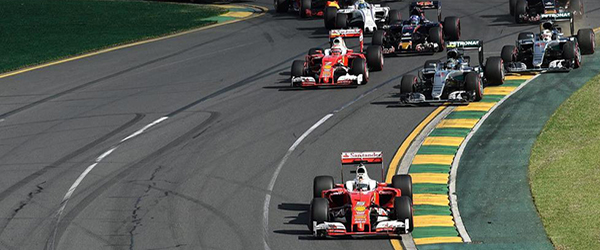In addition to be a known Italian entrepreneur, Paolo Barilla has also been a driver. He defended the colors of the Minardi Team in both F2 and F1 before winning the 24 Hours of Le Mans, and he took part in the Dakar. The next World F1 Championship is ready to start with the first official tests in Barcelona, and minardi.it has met Paolo to recall his past in Motorsport and talk about the current situation of the Circus.
 In the last years Formula 1 has lost many important brands. Is it still a good investment?
In the last years Formula 1 has lost many important brands. Is it still a good investment?
In this moment, it is not. Formula 1 is an outdated standard because it hasn’t moved with the times. Bernie Ecclestone and the CVC fund, which handle the business, don’t do what it takes to relaunch it.
What do you mean?
Men born with a certain background and they build a system based on their culture and experience. His time is over. We can use architecture as an instance. Today, if you want build something you have to know the latest energy technologies, you have to put style and design together with technology innovation. Ecclestone was an excellent seller of a product the marketing of which in the 80’s was mainly done by Philip Morris in a masterful way. With the prohibition of advertising on the cars the commitment is decreasing. Today, Red Bull is trying to do something similar, but in a different and less impacting way.
Over the last few years, the grand prix recorded a decline of interest.
We are in the video games era, and their sales volume is staggering . Why should a guy stay in front of tv for almost two hours to see a show where nothing happens, when he can be the real protagonist in a motorsport or adventure game? Wouldn’t it be more useful involve the young audience directly making it protagonist?
How we can do this?
By creating a virtual F1 World Championship, simultaneous to the real one. With the same teams, the same cars and the same calendar where the drivers are the guys chosen by the same teams.
Ferrari, Mercedes, McLaren, Red Bull, etc. could have a virtual team. This way you would attract a very numerous audience that is also essential for sponsors. We must join our forces. The World fast changed. Let’s look Facebook, Google…
 They are talking to change the rules so to improve the show.
They are talking to change the rules so to improve the show.
Changing F1 isn’t an engineers’ task. They are all about numbers. In their opinion even the paint of the car is an useless weigh. It’s like to go to the restaurant with a nutritionist. I would involve some people of the show business to get some advices, I’d like to see a set designer from Hollywood. I find very limitative the idea that we can save F1 only by changing technical rules. Is it useful to have 1000 hp cars? Today we already have a very fast F1. A Pit-stop lasts 2 seconds…Sometimes I can’t even understand if tires are really replaced. Would it be possible to have fewer technicians? The cars face too fast direction changes and chicanes. They seem to run on some kind of rail without any imperfection. Everything seems very easy. None driver’s effort is transmitted, nor his quality. If we watch a MotoGp race, we can perceive all the efforts and gestures that drivers must do to enter a bend. We should work on the coefficient of adhesion.
 Are the teams responsible in some way?
Are the teams responsible in some way?
We have to reconsider the whole system. The audience decreases, and Ecclestone increases the GP events and brings Formula 1 in some countries without any motorsport history like Azerbaijan…As we say “He is a lemon squeezer”. He prefers squeeze the organizers and the circuits till the last drop threatening to take away the races. Unfortunately teams care just about their business. Look at Renault affair that has just presented its team: they came back as Manufacturers just because they have the status of “historical team” for guaranteed that is a slice of tv royalties. They came back through the back door without giving a stimulus to great changes.
Also this year, none italian driver will take part in Formula 1, even if many of them proved their value in the most important international championships as GP2, GP3 and European F3.
Today’s Formula 1 is too expensive for a company. It would be necessary a direct action from Ferrari and from the Federation to help these guys to grow and find an outlet in the professionalism.
Paolo’s career among engines started from karting where he has cut his teeth for 5 years before join the single-seaters and take part to Formula Abarth.“I was an autodidact meaning that I had nobody near me. I dedicate the first part of the season to the apprenticeship, but once I became acquainted with the car, I climb positions and reach the top group”.
His meeting with Raverotto in 1981 took him to Formula 3. “In the first four races I gained 28 points thanks to two successes and two podia. In the remaining races, I achieved only 12 points in as many events due to some accidents or technical problems. During that season, Gian Carlo Minardi contacted me to race with him in Formula 2 in Donington and Pergusa. However, in those years I was quite unprepared, in the sense that I was racing because I liked it, without having a clear schedule and F2 was a good target for me because it had twice the horse powers of F3. For a rookie like me the first two races were good, struggling in the middle of the group. Therefore, the following year I decided to continue with the Minardi Team, that Pirelli had started to support. Therefore, the season glided away anonymously. I wanted to become a professional driver and so I passed to the prototypes and then I went in Japan with F3000”.
 In 1987 his friend Pierluigi Martini called him to race with him in F3000.“The previous season, Piero had emerged with an unofficial Ralt. Therefore, the preconditions were good”. However, something didn’t work at the start of the championship. “The car is not up to expectations and we can’t understand why. In the season, we realize by chance that the frame lacked some part of the tank rib. A very curious construction mistake. They fix the frame, and we are immediately ahead of everybody, even ahead of the official Ralt. Unfortunately, during the race our car stops to work due to a structural failure”.
In 1987 his friend Pierluigi Martini called him to race with him in F3000.“The previous season, Piero had emerged with an unofficial Ralt. Therefore, the preconditions were good”. However, something didn’t work at the start of the championship. “The car is not up to expectations and we can’t understand why. In the season, we realize by chance that the frame lacked some part of the tank rib. A very curious construction mistake. They fix the frame, and we are immediately ahead of everybody, even ahead of the official Ralt. Unfortunately, during the race our car stops to work due to a structural failure”.
In 1989 Gian Carlo called you to substitute Martini in F1.
Formula 1 was my dream, and when Minardi called me to substitute the injured Martini I immediately accepted. Moreover, we raced in Suzuka, a circuit I knew like the back of my hand. Unfortunately, the cockpit does not fit me, because it was built for Piero. In qualifying I am able to do just a run due to my aches, while in race the clutch broke. In retrospect, maybe it has been better that way.
The following year, you are in couple with Martini with the M190.
Also the new car was too small for my height. The season started uphill, but I decided to continue anyway. We got some good results, but the tires were the bigger trouble.
In that moment, Pirelli wasn’t capable to supply all its teams with the same qualitative level, especially favoring Alesi’sTyrrell. In Japan I had cooperated with Bridgestone in the development of F1 tires, therefore I had an excellent know-how and I was able to realise if there were something wrong since the first laps. Moreover, during winter tests in Estoril with the old car, I raced 3” faster than in the racing weekends of the following year. Unfortunately, Pirelli has never declared this fact openly. The season finished ingloriously.
 How do you judge your experience in the World championship?
How do you judge your experience in the World championship?
It was a fabulous and extraordinary experience. In those years my goal was F1. If I hadn’t achieved it, I would have missed something. Then, I understood that environment wasn’t for me because it doesn’t reflect my personality. To stay in F1 you have to be very determined, ready for anything. You must make sure that all listen to you, keeping the tension high within the team, as Senna or Piquet did.
In a recent interview, Piquet declared that he had attacked several times Mansel about personal facts with the sole aim to destabilize him and take off his concentration. If we come nowadays, Vettel has been very hard with Webber. I see in Verstappen the same determination. He seems to say “Get out of the way, I am coming”.
You also won the 24 Hours of Le Mans
At endurance races I was always good. Also the environment was definitely different. My personality doesn’t tend to bully the others, I work together with my teammates to get our common goal.
…And you took part to several Dakar editions.
It was a pleasant and magical experience, especially in Africa. I took part to different editions without any ambition. We just wanted to reach the finish line and live that experience in the best way.
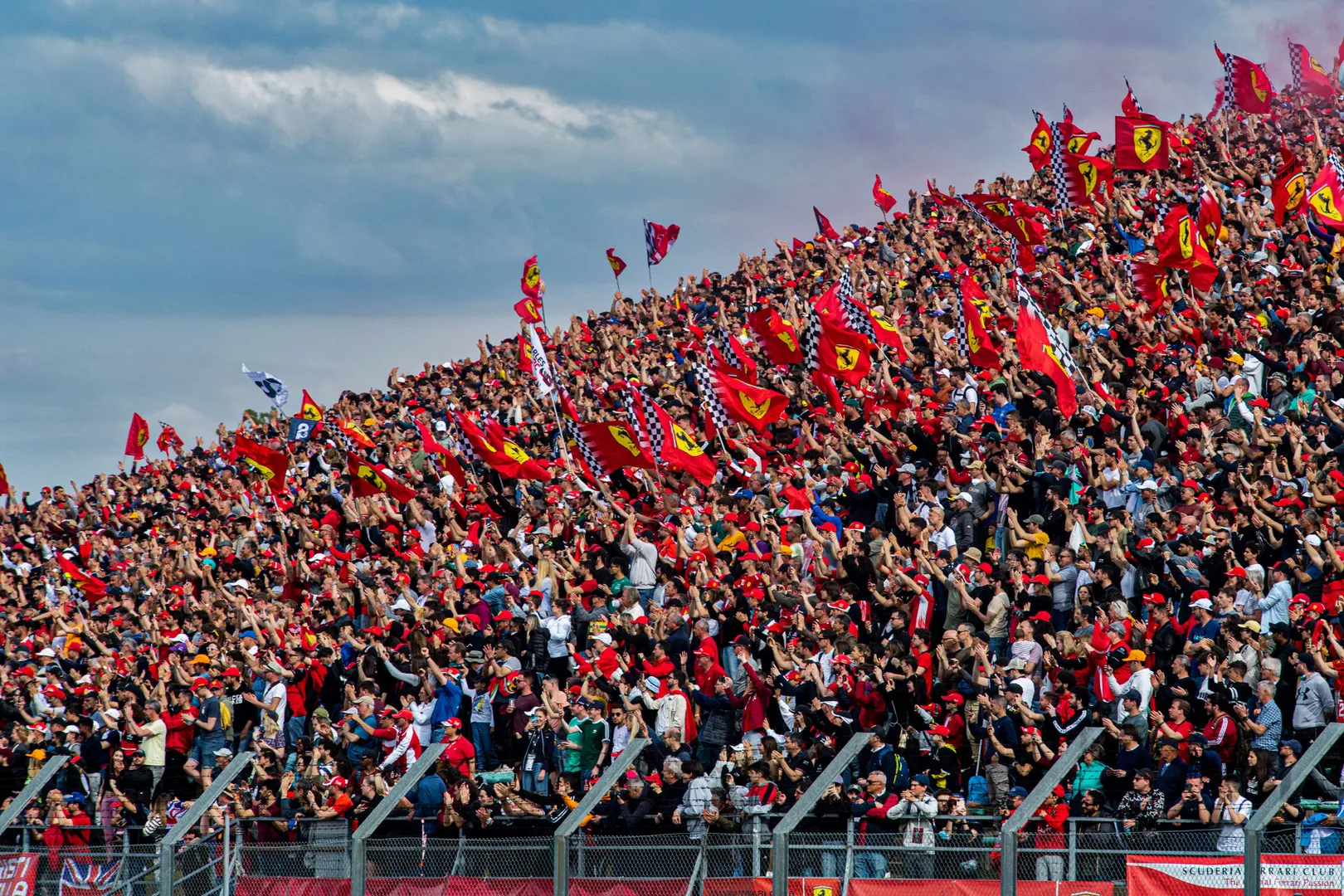 We are now a week away from the Formula Grand Prix in Imola, the seventh round of the World Championship and the first stop in Europe, scheduled from May 16 to May 18 at Imola’s Enzo and Dino Ferrari Circuit.
We are now a week away from the Formula Grand Prix in Imola, the seventh round of the World Championship and the first stop in Europe, scheduled from May 16 to May 18 at Imola’s Enzo and Dino Ferrari Circuit.
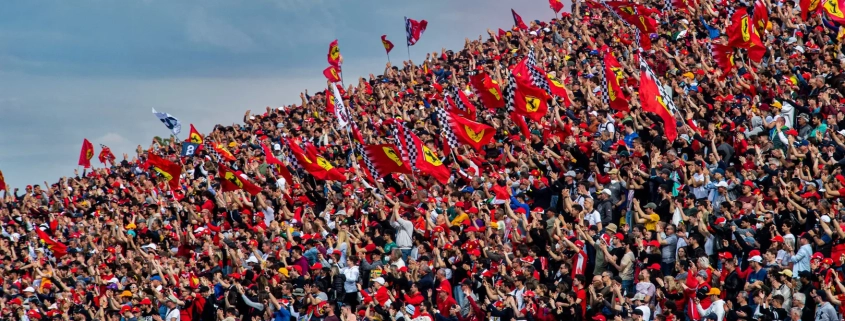
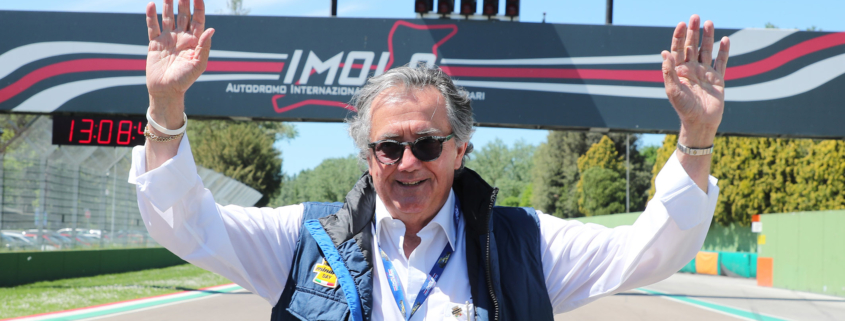
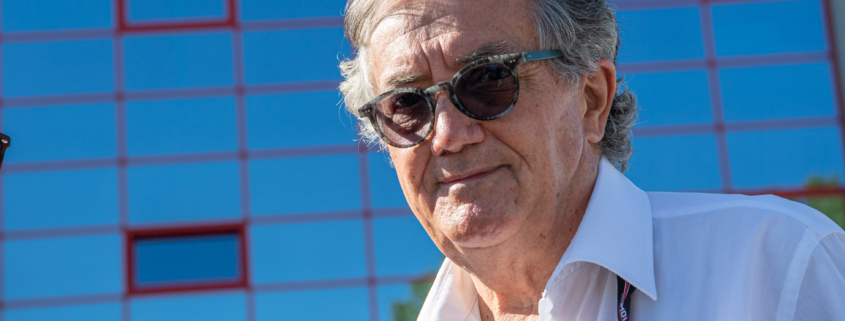
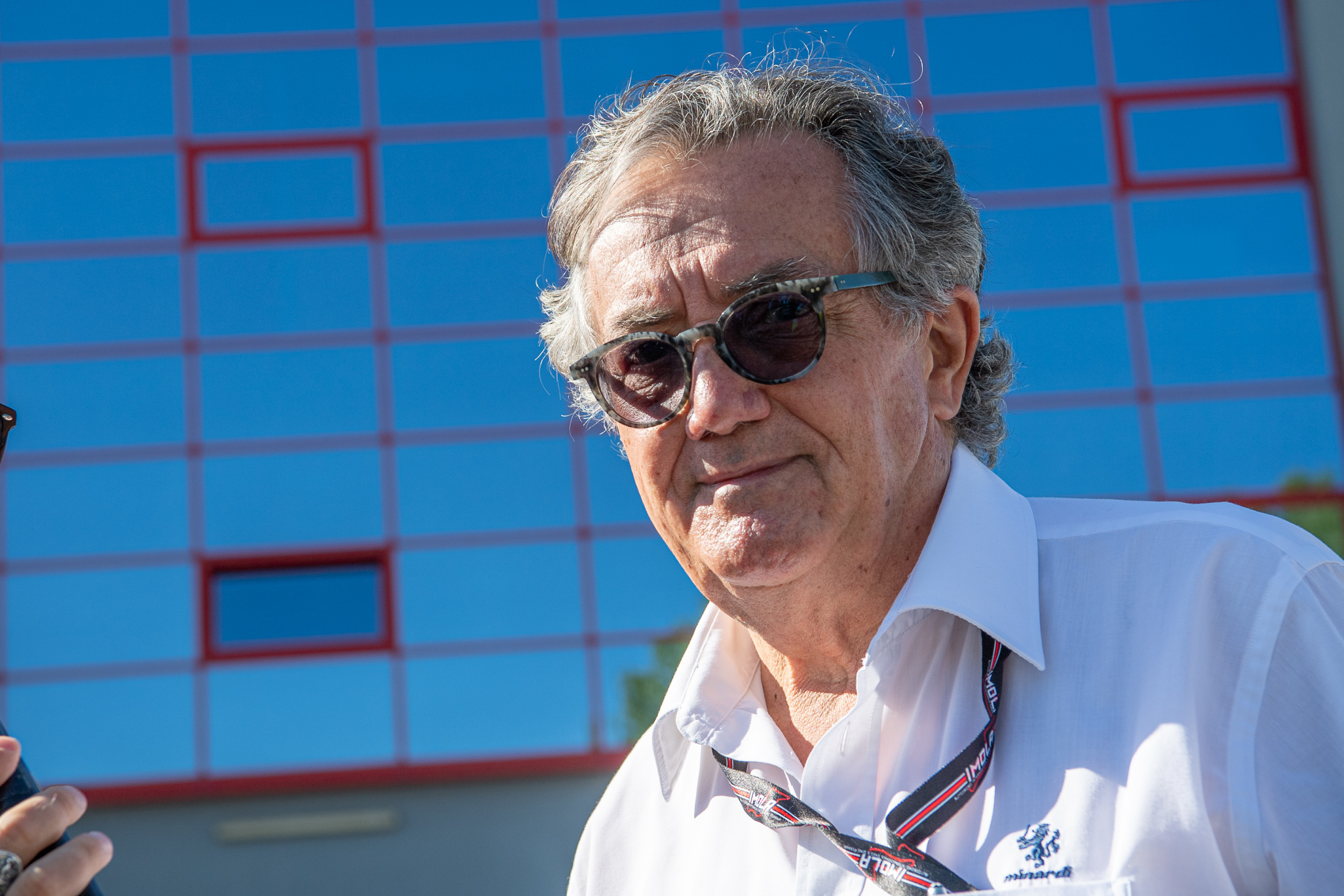 While Formula 1 is ready for the stop in Mexico City for the nineteenth round of the world championship, the Circus is wondering about the future of the Sprint race. Created in 2021 to increase the spectacle, particularly in the programme for Saturday, up to now the mini-GP of 100km has failed to meet expectations.
While Formula 1 is ready for the stop in Mexico City for the nineteenth round of the world championship, the Circus is wondering about the future of the Sprint race. Created in 2021 to increase the spectacle, particularly in the programme for Saturday, up to now the mini-GP of 100km has failed to meet expectations.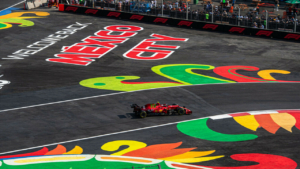 “Now we get to the Mexican Grand Prix, I do not think there are any doubts on the leadership, but all the interest will be directed behind Max Verstappen and Red Bull.
“Now we get to the Mexican Grand Prix, I do not think there are any doubts on the leadership, but all the interest will be directed behind Max Verstappen and Red Bull.





















